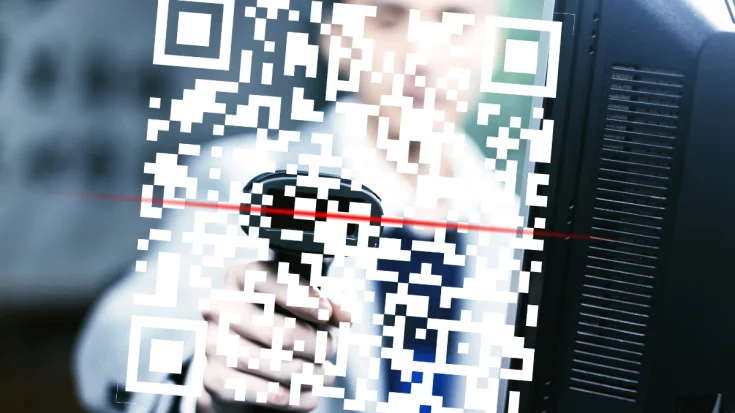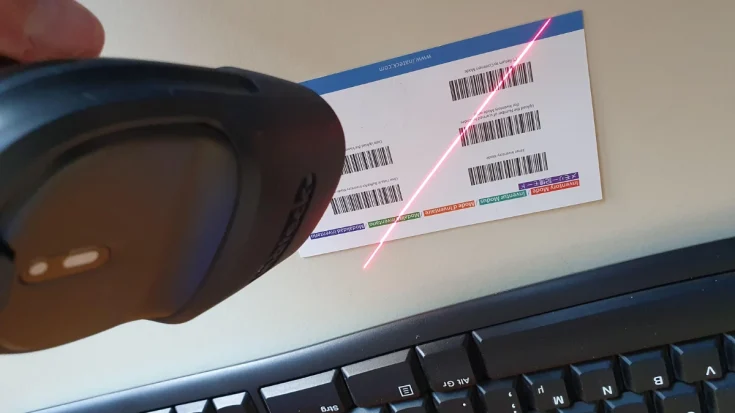The presence of barcode scanner is a tool that scans and reads the information contained in barcodes, which are typically located on products, shipping labels, identity cards, or other documents. One type of barcode scanner is an omnidirectional scanner which has some functions and advantages.
The functions of an omnidirectional scanner include scans from multiple angles to improve efficiency. The advantages can be used in various industries, scanning flexibility, to improved data accuracy.
This article will give you information on omnidirectional scanners from the definition, functions, advantages they have, and their application.
Also Read
Table of Contents
What is an Omnidirectional Scanner?

Omnidirectional scanners are designed to read barcodes from various angles without having to arrange them precisely. This type of barcode is typically used in busy environments, where transaction speed is a top priority.
The Functions of Omnidirectional Scanner
The omnidirectional scanner has several functions from scans from multiple angles to improve efficiency. Here are some of its functions:
- Scans from multiple angles: Able to read barcodes from multiple directions with laser and mirror technology for a 360-degree scanning field.
- Supports various types of barcodes: Able to read various types of 1D and 2D barcodes, either printed or on the device screen.
- Improves efficiency: Improves operational efficiency due to ease of use and scanning speed.
The Advantages of Omnidirectional Scanner

The omnidirectional barcode scanner has several advantages from can be used in various industries, scanning flexibility, to improves data accuracy. Here are some of its main advantages:
1. Can be used in various industries
One of the advantages of omnidirectional barcodes is that they can be used in various industries. Its ability to scan barcodes quickly and reliably makes this scanner widely used in various sectors such as retail, warehouses, and airports.
2. Fast scanning
With its function that can scan from several angles, it allows you to scan barcodes without the need to align the barcode precisely. The scanning process with this type of scanner becomes faster, so it is often used in high-volume industrial environments such as retail or warehouses.
3. Scanning flexibility

Another advantage of omnidirectional scanners is their flexibility in scanning. This type of scanner allows you to scan without having to align barcodes. This flexibility allows staff to continue scanning in situations where barcodes are hard to reach.
4. Improve data accuracy
By using omnidirectional scanners you can improve data accuracy. This type of scanner has higher scanning accuracy than other types. You will rarely experience scanning problems when using this scanner.
Examples of Using Omnidirectional Scanners
Here are some examples of using omnidirectional scanners:
- Retail: For cashier and inventory management.
- Logistics and warehousing: For receiving and shipping goods.
- Manufacturing industry: For product tracking and quality control.
- Other applications: For event registration or mobile payment applications.
Those are the definitions, functions, and advantages of an omnidirectional scanner that you need to know. Another thing to note is that barcode scanners on the market must pass the certification test from the Directorate General of Digital Infrastructure (DJID).
Barcode scanner regulation is based on the Ministerial Decree (KEPMEN) No. 260 Tahun 2024, which requires all radio frequency-based devices, including barcode scanners, to meet specific technical standards before being sold in the country.
With DJID certification, users can feel calm about using a barcode scanner device whose quality and security are guaranteed. For manufacturers or importers of barcode scanner devices, obtaining certification from DJID is a mandatory step before the device can be officially marketed in Indonesia.
To simplify the certification process, Type Approval Certification Services for ICT Products are available to assist with this process as a reliable solution.











